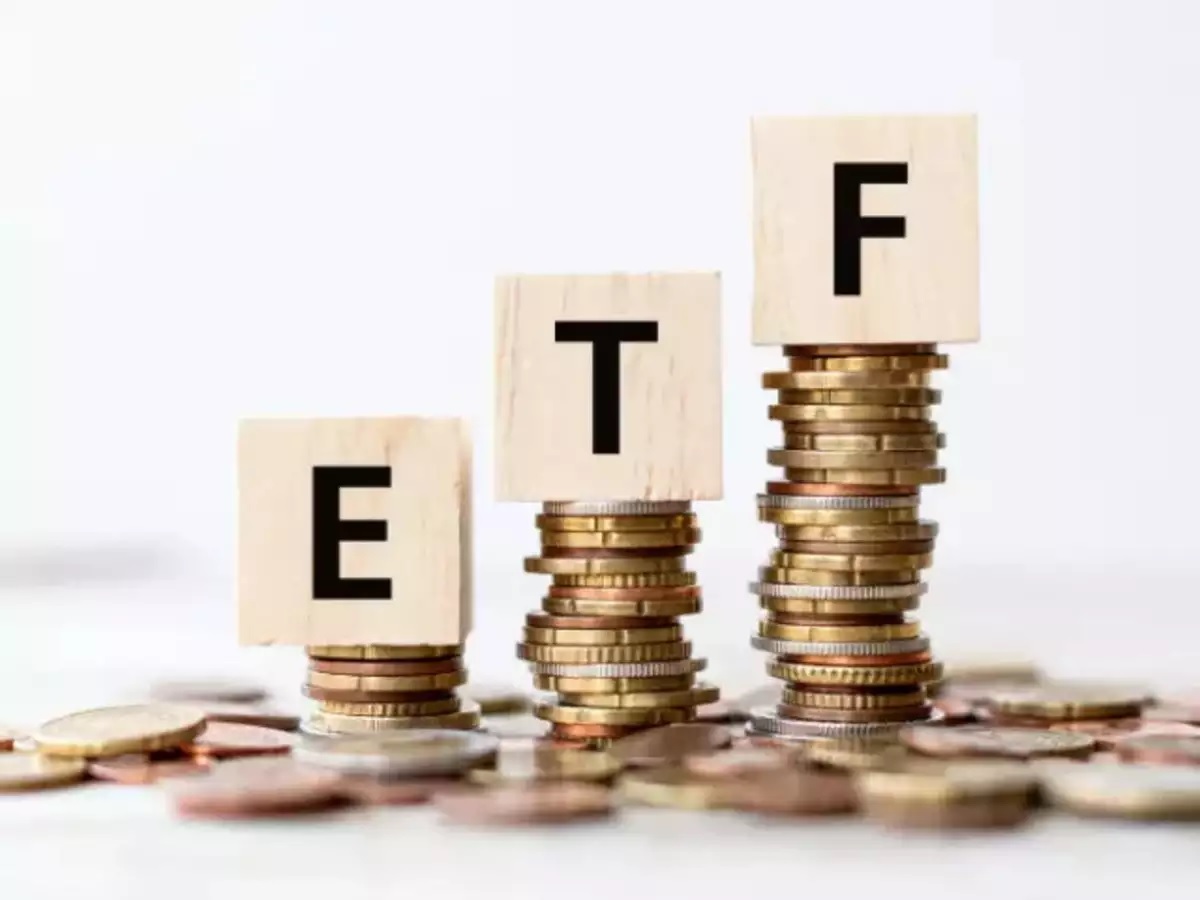The realm of investing is extensive and may frequently appear daunting to novices. Numerous alternatives and a multitude of tactics are available, making it challenging to determine the appropriate starting point. Exchange-traded funds (ETFs) have emerged as a prominent investment vehicle in recent years. These versatile instruments can serve as valuable additions to an investor’s portfolio, offering an adaptable and cost-efficient means to access a diverse range of assets.
What are ETFs?
An exchange-traded fund (ETF) represents a distinct investment fund category that encompasses a diverse array of assets, including equities, fixed-income securities, commodities, and even real estate, and is traded on a stock exchange. Although they share similarities with mutual funds in offering investors diversified access to specific markets or sectors, several crucial distinctions exist. The most prominent disparity lies in the fact that ETFs can be purchased and sold during trading hours, akin to individual stocks, whereas mutual fund shares are valued and traded solely once per day following the market’s closure.
How do ETFs work?
ETFs are created by financial institutions, also known as ETF issuers or sponsors, who build a portfolio of assets that track a specific index, sector, or investment theme. These portfolios are then divided into shares, which are bought and sold on stock exchanges. When an investor purchases shares of an ETF, they are not directly buying the underlying assets but rather a portion of the overall fund.
Benefits of investing in ETFs
- Diversification
One of the most attractive features of ETFs is their ability to provide investors with instant diversification. By investing in a single ETF, investors gain exposure to a broad range of assets, reducing the risk associated with investing in individual stocks or bonds. This diversification can help to mitigate the impact of any single asset’s poor performance on the overall portfolio, potentially leading to more stable returns over time.
- Low cost
ETFs typically have lower expense ratios compared to mutual funds, which means that investors pay less in fees to the fund manager. This can result in significant cost savings over time, particularly for those who invest in low-cost, passively managed index ETFs. Additionally, because ETFs trade on stock exchanges like individual stocks, investors can often avoid the sales charges or load fees that are sometimes associated with mutual funds.
- Flexibility
ETFs offer investors the ability to trade shares throughout the trading day, just like individual stocks. This flexibility can be particularly beneficial for investors who wish to capitalize on short-term market movements or implement more advanced trading strategies, such as using limit orders or stop-loss orders. In contrast, mutual fund shares can only be bought and sold once per day after the market closes, which can limit the flexibility of investors who wish to trade more actively.
Conclusion
Exchange-traded funds offer a powerful and flexible investment tool that can be an excellent addition to any portfolio. By understanding the basics of ETFs, recognizing their many benefits, and learning how to choose the right fund for your specific investment objectives, you will be well on your way to mastering ETF investing.







